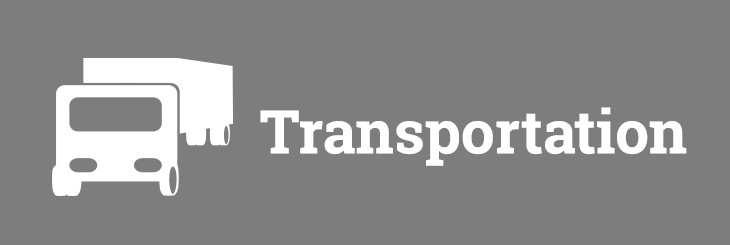New England Motor Freight bankruptcy to affect LTL capacity in Northeast, ArcBest
by February 26, 2019 1:29 pm 1,585 views

New Jersey-based carrier New England Motor Freight and its 10 subsidiaries recently filed for Chapter 11 bankruptcy and plans to shut down operations. In Arkansas, the shuttering of the 101-year-old, privately-held company is expected to have the largest impact on Fort Smith-based ArcBest Corp., the parent company of less-than-truckload carrier ABF Freight.
In a recent transportation/trucking report, analyst Brad Delco and associate Scott Schoenhaus, both of Little Rock-based Stephens Inc., said New England Motor Freight (NEMF) has ranked among the top 20 largest less-than-truckload (LTL) carriers in the United States with about $400 million in annual revenue. The carrier owes millions of dollars to creditors, a union pension and fuel distributors, according to the bankruptcy filing.
“We see this bankruptcy announcement as a positive for the LTL industry, which is already relatively consolidated (the top 10 LTL carriers make up [about] 75% of total industry revenue) as carriers with presence in the Northeast should pick up incremental freight,” according to Delco and Schoenhaus. Some of the carriers expected to benefit include ArcBest, Old Dominion Freight Line, Saia, and YRC Worldwide as a result of the bankruptcy. Delco and Schoenhaus noted that Saia will especially benefit as it has been “aggressively expanding” into the Northeast.
The bankruptcy is expected to improve pricing in the Northeast as capacity is removed from the market, Delco said. The LTL market in the Northeast is estimated to be about $7 billion, with about $5 billion of that being freight transported within the region and the rest as freight transported from the region. The bankruptcy should remove about 7.5% of the Northeast market or nearly 1% of LTL capacity in the United States, he said.
The company has more than 40 terminals in the Northeast and 8,000 trucks and trailers, according to its website. The company has assets of between $100 million and $500 million and debts between $50 million and $100 million, according to court documents. It owes more than $59 million to four banks.
Based on revenue of about $400 million in 2017, this would represent about 20% of ArcBest’s LTL revenue, nearly 10% of Old Dominion’s revenue, almost 24% of Saia’s revenue and about 8% of YRC’s LTL revenue. “We believe that all these LTLs should benefit from incremental freight volumes from NEMF’s former customers now looking to secure capacity,” according to Delco and Schoenhaus.
FedEx Freight provided the following statement on how the bankruptcy might impact the company:
“FedEx remains focused on providing the exceptional service our customers expect. We have a contingency plan in place to address additional volume in the Northeast and will work to meet the shipping needs of any new customers as capacity allows.”
In a recent article, third-party logistics company Cerasis explained the LTL industry faces deficit ratings issues and fragile relationships between carriers and shippers lead carriers to accept freight that’s not worth the time and costs to ship. “The bankruptcy filing alludes to carriers that will be on the lookout for excess deficit ratings, so the cost of shipping LTL may increase for shippers,” the article shows. “Instead of trying to give shippers the best rate by rounding up weight classes, they will be more likely to bill based on actual weight or dimensional weight. This could be a similar practice that led to NEMF’s demise.”
ArcBest, Lowell-based carrier J.B. Hunt Transport Services and Van Buren-based carrier USA Truck declined to comment.
